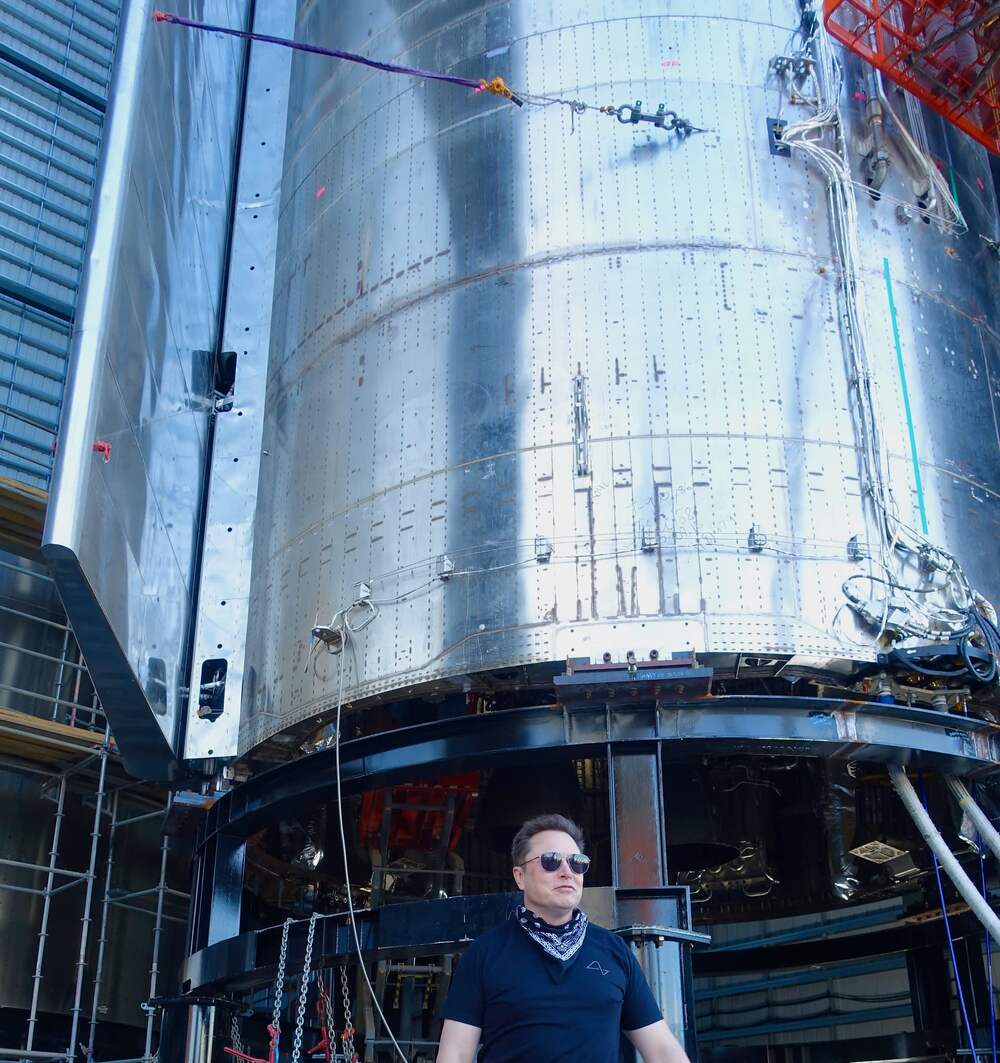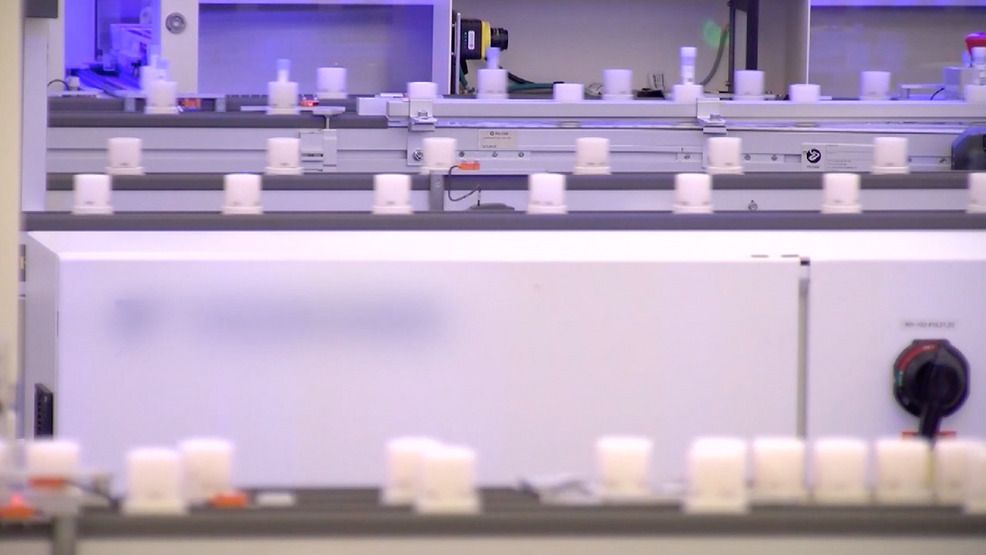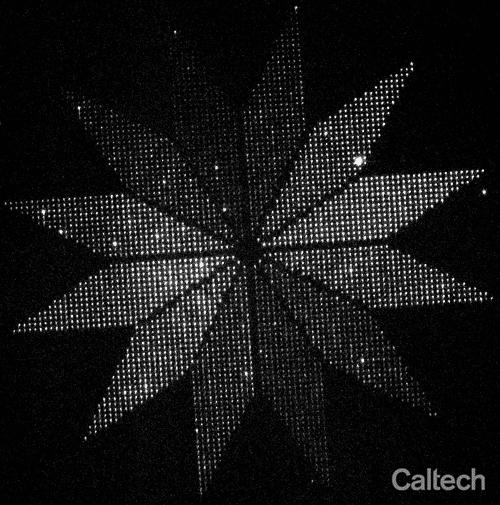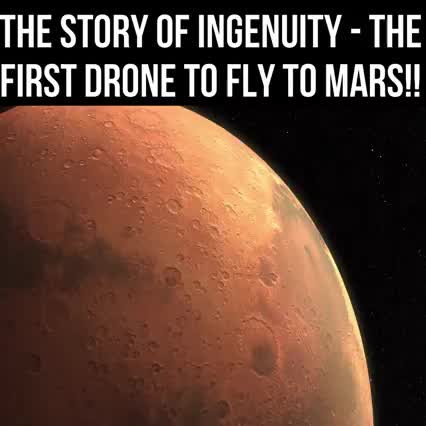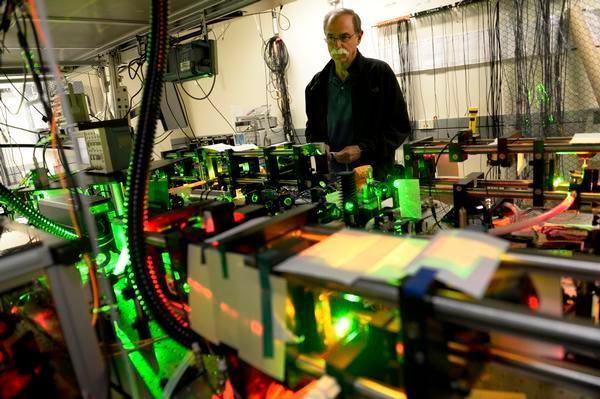Elon Musk’s SpaceX is now worth $74 billion and investors believe the company’s Starlink and Starship projects will drive that valuation even higher.
University of the People is a tuition-free, American accredited, online college. Higher-education is now more accessible than ever. Apply now!
Here are 8 things to know about the second dose of the vaccine. Side effects may be stronger than after the first dose, and immunity isn’t immediate.
The future of MRNA vaccines
Posted in biotech/medical, futurism
A technique for controlling the orientation of manufactured DNA shapes now removes one of the last barriers for the combination of molecular devices with conventional semiconductor chips.
Dwight E. Bergles, Ph.D., a leading neuroscientist at Johns Hopkins University School of Medicine, is the winner of the prestigious Barancik Prize for Innovation in MS Research. Bergles has pioneered the study of immature cells in the brain that can regenerate myelin-making cells after myelin is destroyed in MS. These cells, oligodendrocyte precursor cells (OPCs), hold the key to finding ways to promote myelin repair and restore function for people living with multiple sclerosis.
The Colorado Economic Development Commission normally doesn’t throw its weight behind unproven startups, but it did so on Thursday, approving $2.9 million in state job growth incentive tax credits to try and land a manufacturing plant that will produce hardware for quantum computers.
“Given the broad applications and catalytic benefits that this company’s technology could bring, retaining this company would help position Colorado as an industry leader in next-generation and quantum computing,” Michelle Hadwiger, the deputy director of the Colorado Office of Economic Development & International Trade, told commissioners.
Project Quantum, the codename for the Denver-based startup, is looking to create up to 726 new full-time jobs in the state. Most of the positions would staff a new facility making components for quantum computers, an emerging technology expected to increase computing power and speed exponentially and transform the global economy as well as society as a whole.
Urhobo Economic & Investment Group
Posted in economics
😃 Another futuristic car
Posted in futurism, transportation
